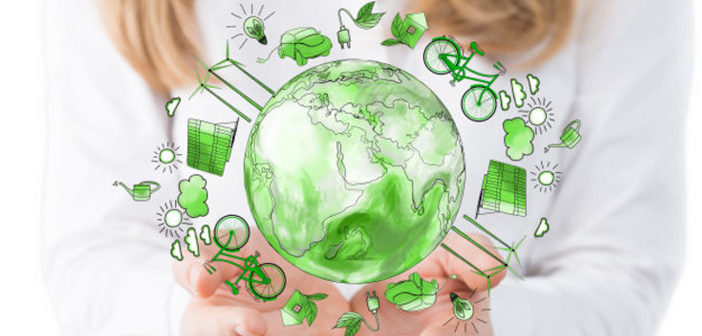Bioeconomy. A term that is used more and more frequently and that represents a new way of looking at production that gives materials destined for destruction a new life.
A virtuous recycling, the way to ennoble what we called waste and turn it into resources.
In the field of the bioeconomy, or circular economy, especially in agriculture, it allows for more sustainable food production and diversifies the income of the farmer who can exploit the products previously considered waste.
The bioeconomy allows to use the average ton and a half of agricultural by-products generated by the processing of a ton of main product.
Interesting numbers that can produce heat, energy and decrease disposal costs which progressively become higher.
In 2017, Italy set itself the goal of bringing the bioeconomy in 13 years to reach the value of 300 billion euros and two million employees.
In 2019 the strategy is made even more ambitious and is based on the European Union’s investment program.
Some examples of bioeconomy come from the Italian institute of technology whose team of researchers has transformed the orange peels discarded after pressing, the coffee grounds, the rice husk, corn, parsley and much more into plastic.
The perfect circularity then comes from the design of nursery pots that are buried at the time of transplanting, generating nourishment for the plants.
A simple and effective method of reusing waste is to transform biomass into energy. For example starting from olives.
Kernels are an excellent source of energy that can be used in biomass boilers for heating greenhouses or homes. The vegetation waters that are disposed of at a high price by the mills can undergo a reforming process and become gas.
“The organic part of the water is first concentrated and then brought to high temperatures and thanks to the aid of a catalyst, the release of gases such as methane, hydrogen and carbon dioxide”, Silvano Tosti, head of the Enea laboratory of nuclear technologies, explains to AgroNotizie and author of the research.
Today the bioeconomy generates 4.2% of the Community GDP. Investments in research are needed to increase this percentage and to ensure that technologies are really useful and adoptable by companies that can come back from the costs that these processes have to bear to be effective.



